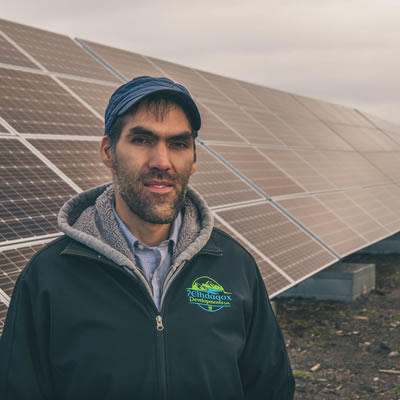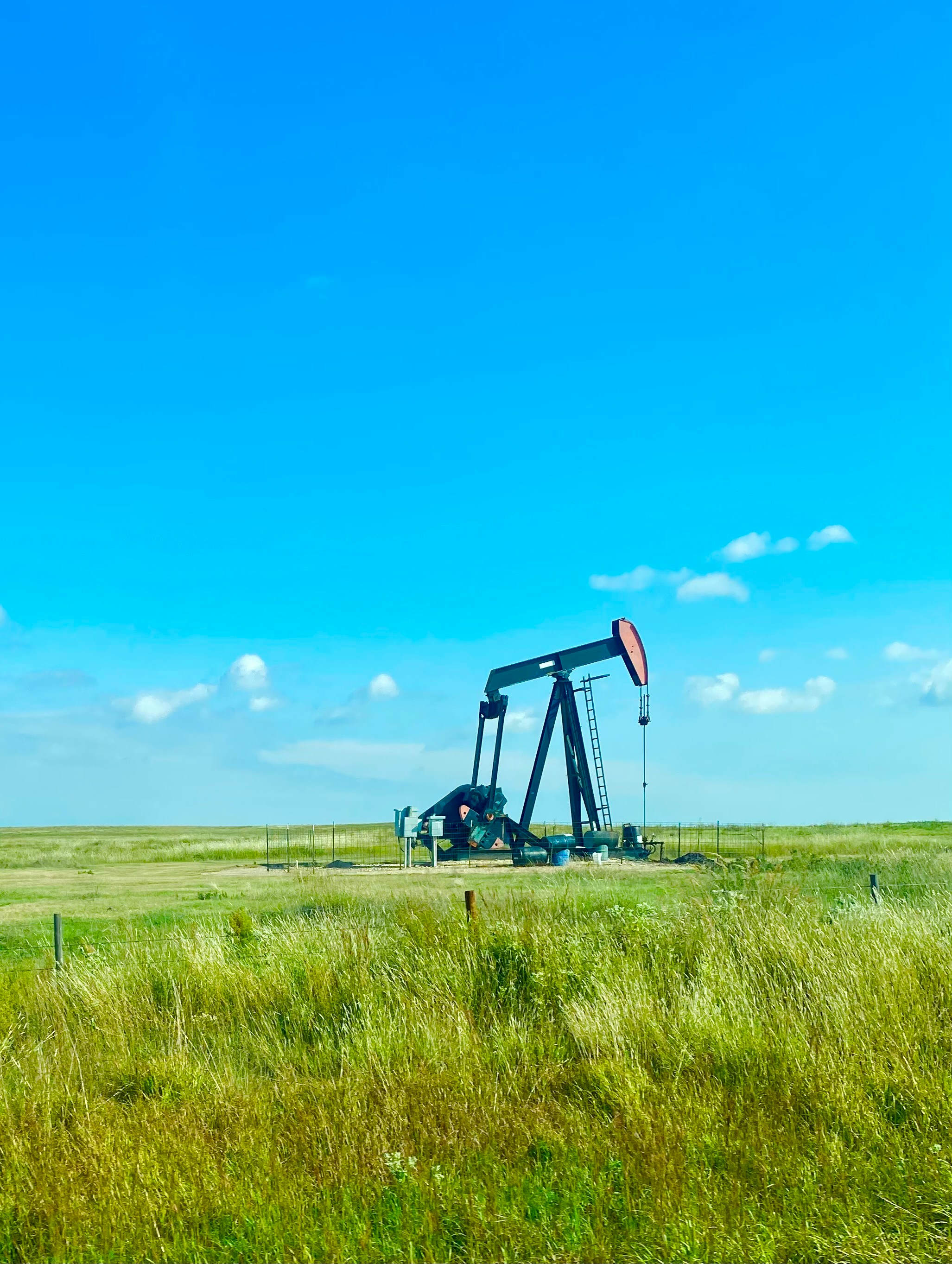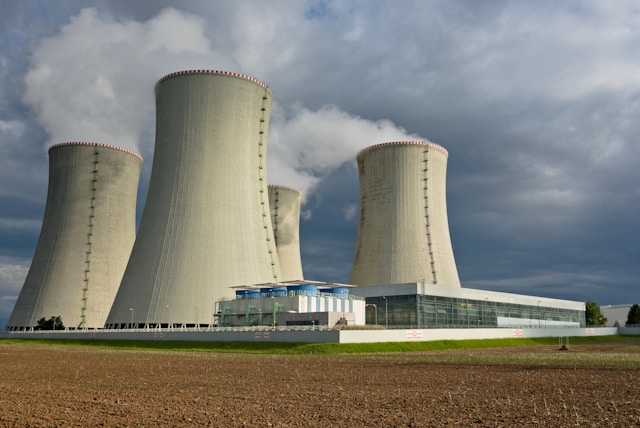New solar farm completed by Tŝilhqot’in Nation expected to generate $175,000 in revenue

Chief Russell Myers Ross, vice-chair of the Tsilhqot'in National Government, stands in front of the Nation's new solar farm. — Photo courtesy Tsilhqo
Chief Russell Myers Ross, vice-chair of the Tsilhqot'in National Government, stands in front of the Nation's new solar farm. — Photo courtesy Tsilhqot'in National Government/Facebook
Despite some major roadblocks, the Tŝilhqot'in Nation is celebrating the grand opening of a new solar farm, the largest of its kind in British Columbia. The 1.25-MW facility, located 80 km west of Williams Lake on what is known as the Riverwest Sawmill, is one hundred per cent developed, built, owned and operated by the Tŝilhqot’in Nation and is expected to generate $175,000 in annual revenue.
The two-hectare site holds 3,456 solar panels and will generate 1,500 MWh annually, enough to power 135 homes. Chief Russell Myers Ross, vice-chair of the Tŝilhqot'in National Government, said the project involved all six Tŝilhqot'in Nation communities and is a significant step toward self-suffiency. In the works for five years, the project has seen many challenges along the path to completion: financing, authorization, training and harsh weather conditions.
Said Myers Ross, “There were challenging hurdles to get this project to the point of completion, but I am happy to see that the solar farm is ready to offer electricity to the region and provide revenue for the Tŝilhqot'in Nation.”
Tribal chair of the Tŝilhqot'in National Government, Chief Joe Alphonse, calls the completion of the solar farm a huge economic win for the nation.
“Energy and electricity has been lacking out in the territory for a long time, despite one of the longest stretches of hydro in Canada, so we welcome the opportunity for business and to improve the well-being of our people,” he said, “. . . I believe our Nation is continuing to lead the way for Indigenous people throughout Canada and around the world.”
Full operation of the solar farm, which has a 25-year expected lifetime, will begin shortly once BC Hydro completes the hookup process.



